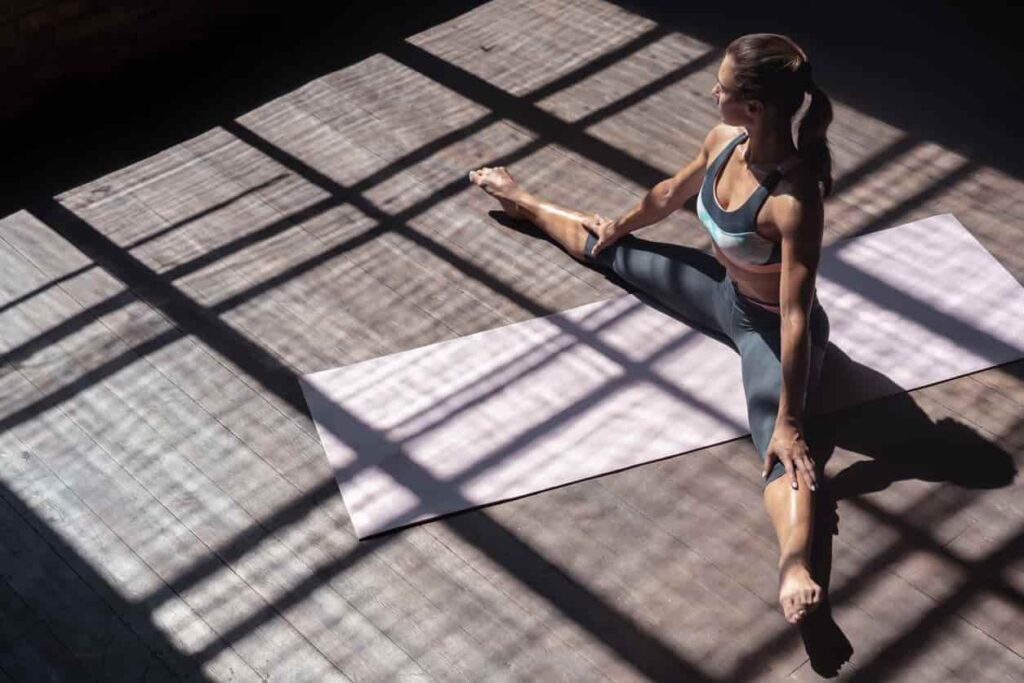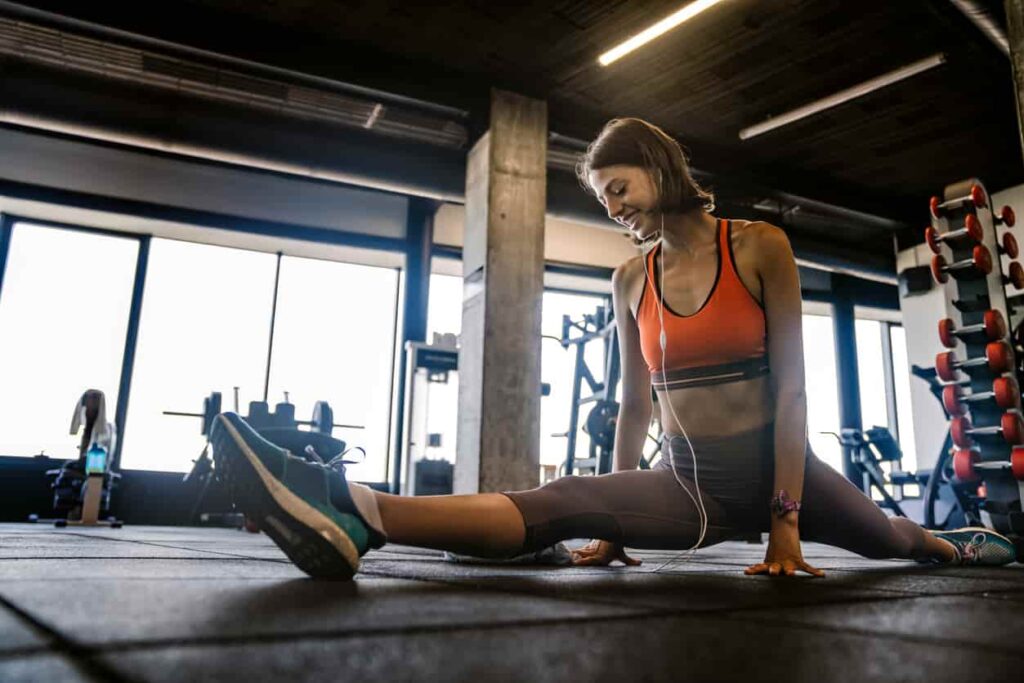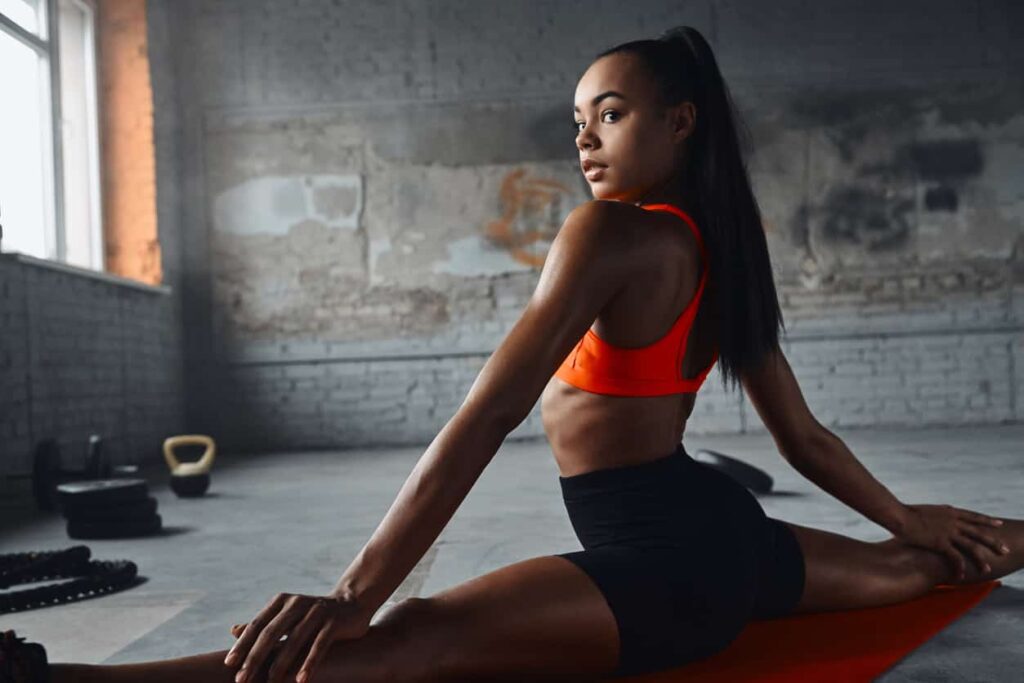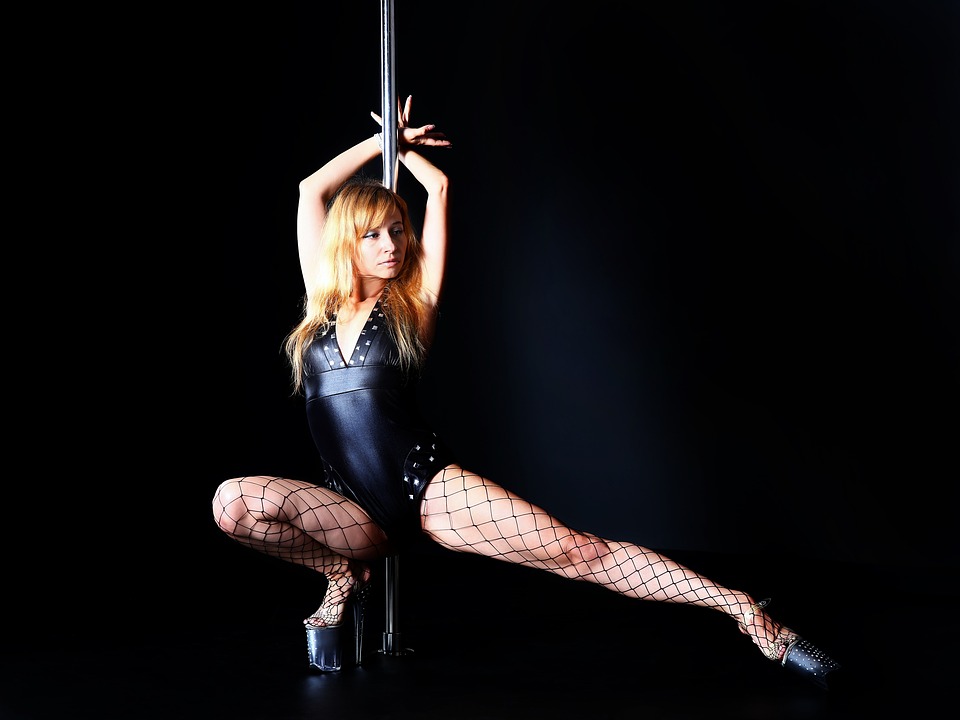
Summary
Welcome » Welcome » Exercises to improve » Dance flexibility exercise: how to become more flexible to dance?
Dance flexibility exercise: how to become more flexible to dance?
Summary
Becoming flexible: what are the benefits of flexibility in dance?
As a dancer, your joints need to be flexible and powerful. Gaining flexibility helps you improve your range of motion and reduce the risk of injury. You will also have an easier time building muscle and gaining strength and power. By being more flexible, you will progress more quickly in your practice.
Maintain your physical condition
When you work on softening your body, you are working on your physical condition in general. In fact, the exercises that you are going to do will help you to stretch your muscles and to strengthen your joints slowly.
Your sessions also allow you to promote better blood circulation and improve your posture in everyday life.
Certain movements in your daily life will then require you less effort like walking up the stairs or just bending over to pick something up off the floor.
Reduce the risk of injury
Flexibility exercises will allow you to to strenghten and of protect your joints. In this way you reduce the risk of injuries linked to these parts of your body and in particular theosteoarthritis.
By becoming more flexible, you will also accustom each muscle to adopt a longer amplitude. Your movements will no longer be as stiff or abrupt as before. You will force less to achieve them correctly and with precision.
You will also recover much faster after physical exertion and you will have less aches.
Progress faster
Whether you are a beginner or a professional, you always have a room for improvement in the dance you practice.
Gaining flexibility is a way to continually improve yourself. You will be able to more easily ensure that your postures or your positions. You will also be able to perform movements more fluids and more loose.
In hip hop, this range of movement can for example be reflected in popping where the contraction of your muscles will then be more powerful.
How to improve your flexibility in dancing?
If you want to gain flexibility, you need to do active stretching, but not just any way. Here are our 3 tips to make your session as effective as possible.
Warm up properly
Before you begin your stretching session, you must first warm up your body. During 10-15 minutes, you will try to raise your body temperature.
For example, you can do a light jog on the spot and finish with rotations of your joints : ankles, knees, hips, etc.
The main thing during this warm-up is that you activate your body dynamically.
Be regular
If you want to progress, there is no secret: you must work in a manner regular. It's better to work out 10 minutes a day than to do just one stretching session a week.
Flexibility is long-term work. You won't become flexible overnight, but with practice. It is the repetition of exercises on each muscle which will allow them to be regularly used and therefore to lengthen day after day.
Take it gradually
During your stretching session, don't force on your movements. Stop just before the pain limit. Do not exceed this limit, you risk hurt.
Adapt rather your practice according to your ease or your stiffness on certain of your muscles. Follow the rhythm of your inspirations And exhalations to go further on each movement. Take it gradually and without any jerk so as not to strain your muscles.

What exercises to relax?
To improve, you need to focus your efforts on flexibility exercises that target specific muscle groups. Adductors, psoas, quadriceps, back, learn to stretch your muscles well so as not to slow down your progress. On the contrary, the idea is to get all the benefits possible.
With each stretch, hold the position for 15 to 30 seconds and repeat the movement on the other side if necessary. Repeat each series 3 to 5 times depending on your feelings about the muscle.
1. For your back
As a dancer, the flexibility of back and some spine allows you to move your entire body fluidly, without risking injury.
For this exercise, lie on your stomach. Place your hands flat on either side, at chest or shoulder level. Then push up on your hands so that your upper body rises.
Control your breathing carefully throughout the movement. If you want to increase the difficulty, you can arch your upper body towards the ceiling.
2. For your hips
To open your hips and target your adductors, the muscles located on the inside of your thighs, get into butterfly position.
Sit on the floor with your knees bent outwards and the soles of your feet together. Lengthen your spine well and place your hands on your heels. Using your elbows, gradually push your knees toward the floor.
3. For your legs
To stretch your hamstrings, the muscles at the back of your thighs, sit on the floor with your legs extended in front of you. Try touching your toes or ankles with your hands. If this position is too painful, do not hesitate to bend your knees slightly.
To increase the flexibility and mobility of your calves, get up. Then push on the balls of your feet so as to lift your heels as much as possible from the ground. Return to the initial position then repeat the movement. You can extend your hands toward the sky during your raises to work on your posture at the same time.
4. For your ankles and feet
Your feet are the basis of all your movements and movements in dance. Take care of them by softening them course after course.
To do this, stand with your legs shoulder length apart. On one of your legs, lean on the front of your feet, toes curled against the floor. Hold the position then repeat this exercise with the other foot.
You can also make half rotations from your ankle to one side, then to the other.
5. For your arms and shoulders
To soften the muscles in your arm, remain standing and raise your right arm above your head. Then bend your elbow so that your right hand is against your upper back. Then use your left hand that remains free to gently push your right elbow down. Then repeat with your left arm.
For your shoulders, always remain standing and extend your right arm in front of your left shoulder. Use your left hand to support your right elbow. You need to pull it slightly to the left to really feel your shoulder muscles stretching. Then repeat this exercise with your left arm in front of your right shoulder.
Be careful do not arch your lower back while you do these two exercises. To do this, contract your abdominals.

To conclude
Dance is a discipline that works all parts of your body. You must be able to perform movements accurate And gracious while still having enough strength to hold positions or postures. Doing exercises for your flexibility will allow you to achieve this:
- By improving your flexibility, you take care of both your body and your mental
- To progress, be regular And adapt your sessions according to your natural predispositions, your needs and your goals.
- To avoid hurting yourself, don't force during movements. Instead, listen to your body and follow the rhythm of your breathing.
- Choose the exercises that suit you best and stretch the body parts that deserve your attention.
- Remember, to be a better dancer, you have to find the just the right balance between flexibility and strength training.
Become a better dancer at DECIBEL®
Now you understand why flexibility exercises are important to incorporate into your dance training. But keep in mind that your flexibility must be accompanied by muscle strengthening to continually progress. We have just the dance class you need!
Come and discover dance workout at DECIBEL®. Between dance choreographies, muscle strengthening and stretching session at the end, you will be able to let off steam for 50 minutes.
Our coaches are here to help you surpass yourself on our playlists super motivating.
In addition, our floor is plunged into darkness with some light effects. Something to put you in the mood 100% pleasure And without judgement from the other dancers.
Let yourself be tempted by this immersive experience in the heart of Paris. We are waiting for you at Beaubourg studio, near to Chatelêt Les Halles.
Read also
follow us
on instagram
Follow our news,
take advantage of our tutorials and participate to our
contests!
BREAKING NEWS!
Receive our newsletter.






